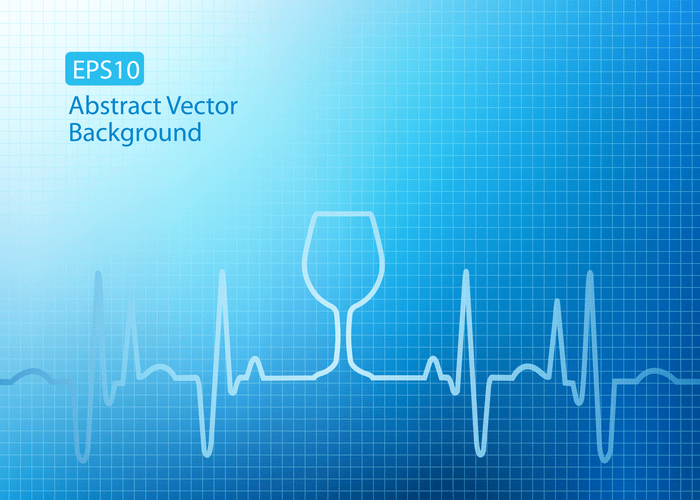Trace elements from grapes are transferred during crushing into the must and eventually into wine (Eschnauer, 1982). The total concentration of mineral constituents in wine may be as high as 1000 mg/l and more (Eschnauer, 1967). The main trace elements are potassium, magnesium, calcium and sodium (see Table 38), but iron, copper, manganese and zinc are also present.

The types of alcohol that get distilled are spirits, which include liquors like whiskey, vodka, gin, and other strong alcoholic beverages. The concentration of alcohol in an alcoholic beverage is stated as the percentage of alcohol by volume (ABV), which is the amount of pure ethanol present in 100 ml of beverage. At 60 degrees, which is the concentration limit obtainable for alcohol.
List of known liquors
It is most frequently used for household cleaning purposes like disinfecting electronics, cleaning stainless steel, refreshing sponges, and cleaning makeup brushes. Thanks to its natural anti-bacterial properties, isopropyl alcohol can also be used medically as an antiseptic. It is also useful when inhaled, providing relief from postoperative nausea. Isopropanol is entirely unsafe for drinking and can cause severe toxic effects if swallowed in large quantities. Symptoms of isopropyl alcohol poisoning include flushing, vomiting, low blood pressure, respiratory depression, and dizziness.
- It can also help prevent seizures or other complications that may arise.
- Therefore, choosing the right product among many different types or quality is extremely important.
- The levels of other short-chain acids, up to hexanoic acid, vary from 0.3 to 3.4 mg/l.
In fact, drinking too much alcohol quickly can result in alcohol poisoning, which can result in your death. Whiskey is one of the most common spirits and comes from the distillation of grain mashes. Whiskey traditionally has an alcohol content that varies based on the type of grain. Methanol, or methyl https://ecosoberhouse.com/ alcohol, is a unique type of alcohol that’s found in many products and has many uses. For example, you can find methanol in fuel additives, fuel for cars and boats, antifreeze, and other types of cleaning products. Overall, it’s one of the most versatile types of alcohol –as long as you don’t drink it.
popular types of non-alcoholic beverages
Made with Kentucky bourbon, simple syrup, mint leaves and crushed ice, mint juleps are traditionally served in frosty pewter cups. Some link it to India where it was prescribed as a medicinal drink. Others place it in Scotland, where bartenders would add a splash of hot water to whiskey for their patrons to help ease the sting of winter. Made simply with two parts coffee liqueur and five 5 types of alcoholics parts vodka, a black Russian like this is the White Russian’s older brother. The cocktail first appeared in Brussels in 1949 and was named for its strong use of vodka (a classic Russian spirit) and the deep, dark color of the coffee liqueur. Made with Prosecco, peach puree and a little raspberry juice, this bubbly cocktail was invented in the mid-1930s by Giuseppe Cipriani in Venice.

And 47% of the members of this group exhibit antisocial personality disorder, the second highest rate of any subtype. This subtype is the most likely of any to experience major depression, dysthymia, bipolar disorder, generalized anxiety disorder, social phobia, and panic disorder. This group also is very likely to experience addiction to cigarettes, Marijuana, Cocaine, and Opioids. Humans have been consuming alcoholic drinks for as long as you would care to remember. And by definition, an alcoholic drink is a drink that contains ethanol (ethyl alcohol produced via fermentation of yeast, sugars, grains, and fruits). A number of long-chain alcohols, up to C18, have been found in distilled alcoholic beverages, but the concentrations are very small (Nykänen & Suomalainen, 1983).